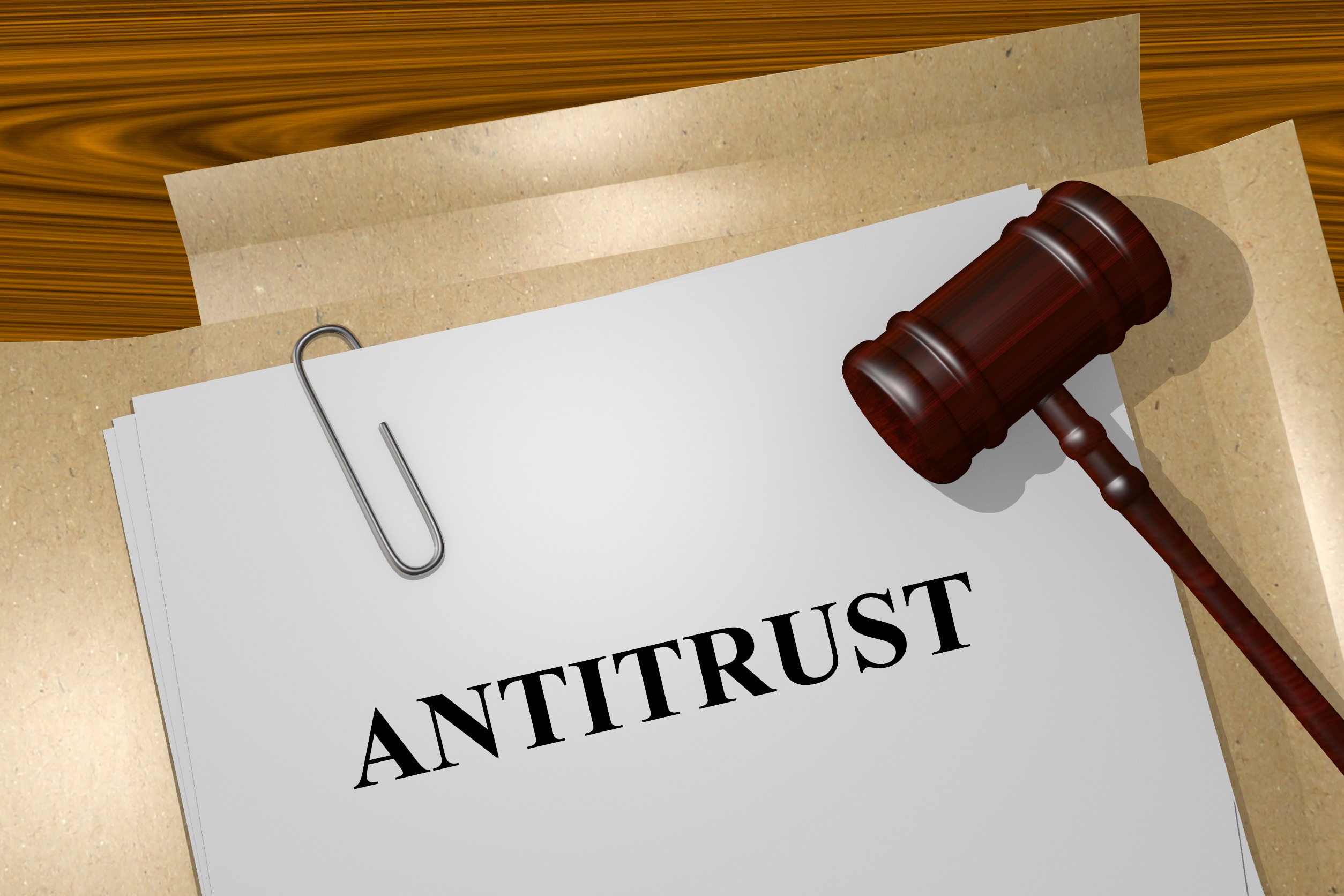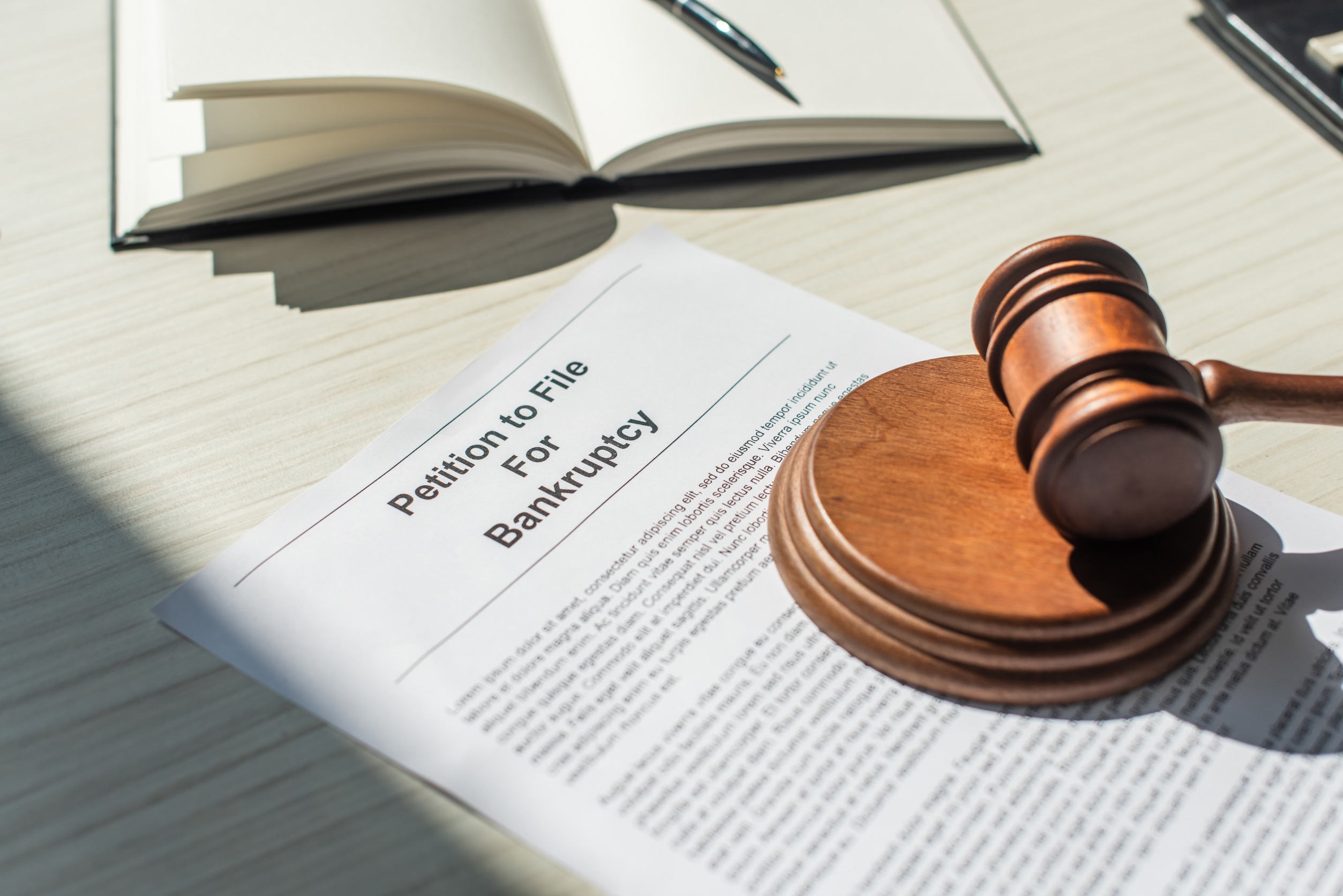Toxic Tort Litigation Insights: Navigating Trends in PFAS Litigation and Regulation and Updates on Litigation Funding for Mass Torts
Joenel2024-09-16T18:05:41-04:00Join us for a dynamic webcast event that delves deep into the complex world of Toxic Tort Litigation. Our legal experts Alejandra Reichard (Barnes & Thornburg LLP) and Marina Schwarz (Dechert LLP) will provide invaluable insights, discuss recent trends, and explore emerging frontiers in this ever-evolving field with a focus on PFAS Litigation and the rise of Litigation Funding in mass torts. Whether you’re an attorney, legal professional, or simply interested in the subject matter, this webcast promises to deliver a comprehensive understanding of the challenges and opportunities in Toxic Tort Litigation.
Unpacking Antitrust No-Poach Agreements: Navigating Legal and Economic Dimensions in Depth
Marvin Monzon2024-04-22T23:42:11-04:00Recent Legal Developments in Federal Securities Litigation: What You Need to Know
Joenel2024-04-20T04:37:09-04:00Join us for a riveting webinar where we delve into the realm of federal securities litigation and explore the latest legal developments that have shaped this dynamic field. This webinar is designed to provide lawyers, legal professionals, and individuals in the corporate sector with valuable insights into the ever-evolving landscape of securities litigation.
Eminent Domain and Land Valuation Litigation: Regulatory Updates and Case Studies
Joenel2024-04-22T21:09:16-04:00In the ever-evolving world of real estate and property rights, it is essential for property owners, developers, and government agencies alike to understand eminent domain laws and land valuation litigation.
How to Effectively Use Expert Witness Testimony to Prove Damages in IP Litigation
Joenel2023-09-17T21:49:49-04:00Asbestos Litigation Trends: Understanding Disease, Jurisdiction, and Plaintiff Firm Strategies
lazupardo2024-04-22T05:46:04-04:00Asbestos litigation remains a dynamic and pivotal facet of the legal realm, holding profound consequences for both victims and implicated industries. In this enlightening session, we will unravel the intricate factors that shape legal proceedings involving asbestos. Our panel of experts will delve into crucial subjects, encompassing recent advancements in diagnosing and treating asbestos-related diseases, navigating the complexities of jurisdictional challenges within asbestos cases, and elucidating the strategic approaches employed by plaintiff firms to construct formidable cases. Furthermore, we will scrutinize contemporary trends within asbestos litigation, dissecting the legal intricacies and regulations that exert influence on this legal domain.
Navigating Challenges in Patent Damages Analysis: Key Considerations for Litigants and Counsel
lazupardo2024-05-29T05:00:56-04:00Damages in patent infringement cases are nearly always hotly contested, in part because the underlying case law involving lost profits and reasonable royalties can be confusing and sometimes seemingly contradictory. Parties routinely engage in motion practice resulting in the exclusion of damages opinions, potentially derailing a case. Thus, it is imperative for both litigants and counsel to stay abreast of the latest trends and developments in patent damages to sidestep potential pitfalls.
Diversity, Equity and Inclusion (DEI) in the Workplace: Developing Actionable Objectives
Marvin Monzon2023-11-22T10:05:37-05:00Resilience and Reinvention: Navigating Corporate Bankruptcy and Reorganization
Joenel2023-09-19T21:36:38-04:00Corporate bankruptcy filings in the United States have surged in 2023, with over 230 companies seeking Chapter 11 protection, the highest number since 2010. This increase is due to economic difficulties, including a sluggish economy, increasing interest rates, and ongoing inflation.
Substance Abuse Among Lawyers: Prevalence and Associated Risk Factors
Marvin Monzon2024-04-22T05:36:58-04:00Lawyers often face high-stress situations due to heavy workloads, strict deadlines, and the responsibility of representing clients. The immense pressure to achieve positive outcomes can become overwhelming which may result in emotional exhaustion, anxiety, and burnout. Consequently, lawyers may turn to substance abuse as a temporary coping mechanism to alleviate stress, seek refuge from work-related pressures, or address emotional distress and underlying mental health issues.
Patent Damages: Strategies and Best Practices for Successful Litigation
lazupardo2023-09-27T03:48:10-04:00In today’s competitive business landscape, companies have become more aggressive in guarding their patented inventions. As new court rulings emerge and the U.S. Patent and Trademark Office (PTO) continues to enforce stringent rules and regulations on patent damages, calculating reasonable royalties and lost profits have become more complex. Proving and recovering damages in court requires a rigorous understanding of the intricacies involved in patent infringement actions and developing a strategic approach to boost the chances of success becomes paramount.














